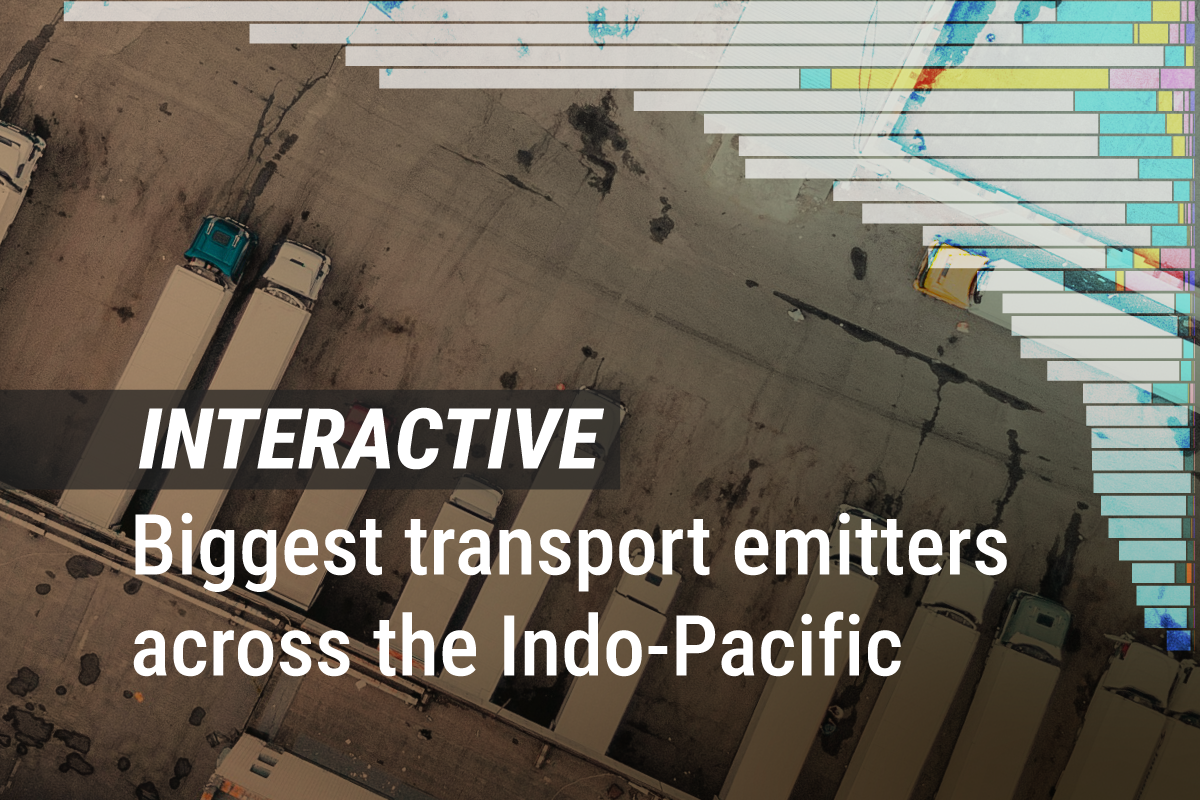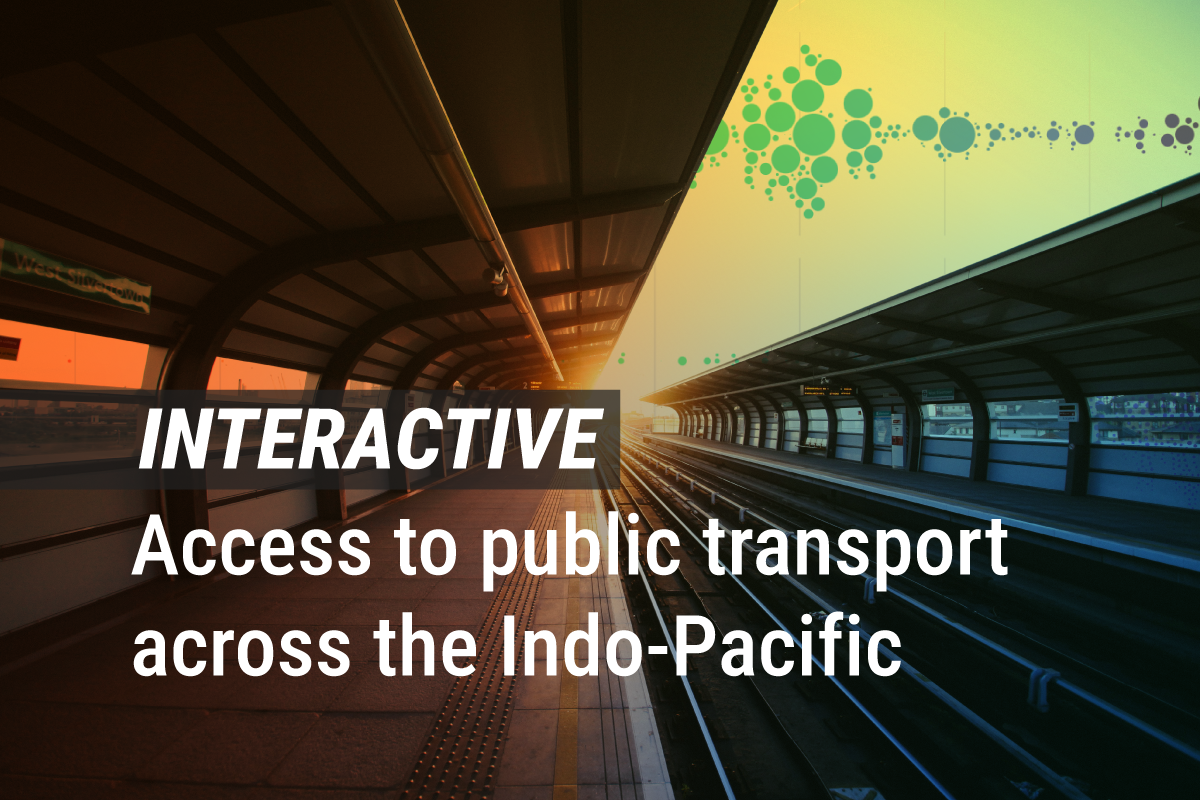We use cookies to improve your experience with Monash. For an optimal experience, we recommend you enable all cookies; alternatively, you can customise which cookies you’re happy for us to use. You may withdraw your consent at any time. To learn more, view our Website Terms and Conditions and Data Protection and Privacy Procedure.
Moving the world towards cleaner transport
Published on July 5, 2024Addressing the carbon footprint of transport is critical to achieving the target of limiting global warming to 1.5 degrees Celsius above pre-industrial levels.
 The transport sector is one of the largest contributors to emissions globally. : Illustration by Michael Joiner, 360info CC BY 4.0
The transport sector is one of the largest contributors to emissions globally. : Illustration by Michael Joiner, 360info CC BY 4.0
Addressing the carbon footprint of transport is critical to achieving the target of limiting global warming to 1.5 degrees Celsius above pre-industrial levels.
The transport sector is one of the largest contributors to emissions globally, responsible for significant levels of CO2 and other greenhouse gases.
In developed countries, CO2 emissions from transportation account for approximately 30 percent of total emissions, while globally the sector contributes around 23 percent.
Addressing the carbon footprint of transport is critical to achieving the target of limiting global warming to 1.5 degrees Celsius above pre-industrial levels.
Efforts to decarbonise the transport sector could involve transitioning to low-carbon technologies, embracing electric vehicles and investing in public transport infrastructure.
Effective decarbonisation of the transport sector could involve cities promoting large-scale use of zero-carbon modes of transport such as bicycling, says Associate Professor Dorina Pojani of the University of Queensland.
“Public involvement in the decision-making process regarding cycling can make or break cycling policy and investment. Planning processes should not be dominated by either cycling-averse drivers nor highly experienced cyclists.”
Another solution is to minimise travel distances for people through transport-oriented development strategies, says Dr Shalini Rankavat of India’s Shiv Nadar Institution of Eminence.
“Incentives and disincentives are, in the end, only part of the solution. Eventually, the decision to use a car, bicycle or public transport involves behavioural change in individuals.”
Solutions that increase transport choices, and make travel more efficient and convenient also reduce emissions.
“Our latest report suggests that a ‘diverse solutions’ approach corresponds to a 27 percent decrease in vehicle kilometres travelled by 2050, which could decrease congestion and pressure on existing road infrastructure,” says Lily Rau from the Climateworks Centre at Monash University.
But nothing beats walking, the ultimate zero-carbon option.
“Enhancing walkability is a powerful strategy for reducing greenhouse gas emissions and creating healthier, more vibrant and more sustainable urban communities,” says Dr Susilawati of Monash University Malaysia.














